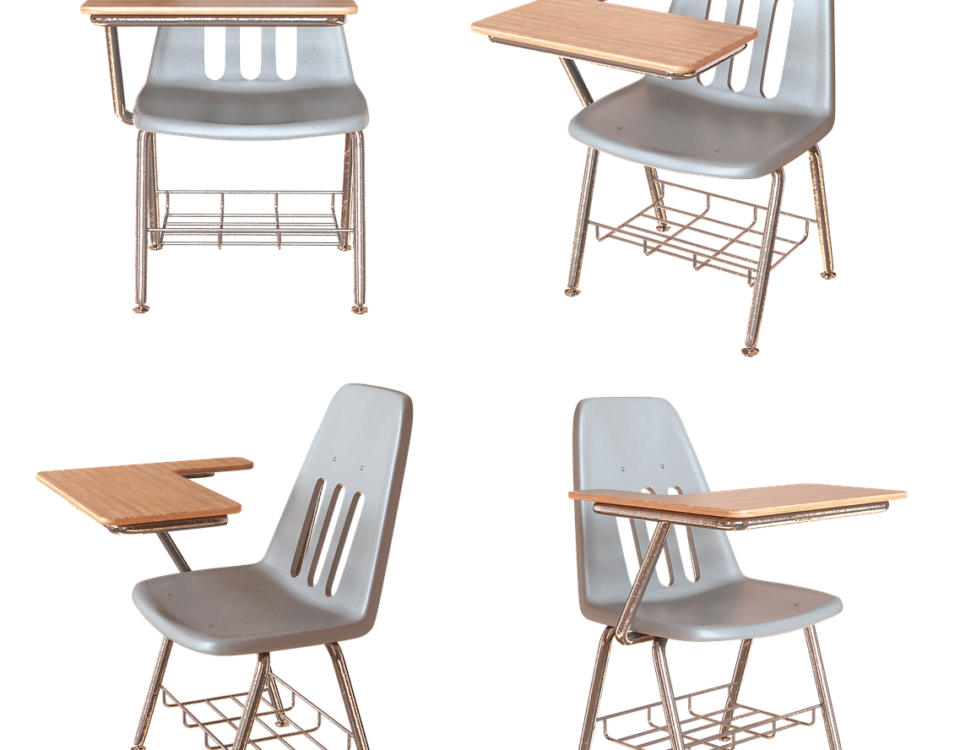3D Model Slicing and Processing in Rapid Prototyping

STL Data Files and Processing in Rapid Prototyping
February 15, 2025
STL Data Editing and Processing Software: MagicsRP
February 15, 2025In the field of rapid prototyping (RP) and additive manufacturing, 3D model slicing and slicing software play a critical role. The slicing process is essential for converting a 3D model into layers, allowing complex parts to be manufactured layer by layer. This article will delve into the importance of slicing, the process of slicing a 3D model, and the function of slicing software.
What is 3D Model Slicing?
3D model slicing is a process where a digital model, typically created using CAD (Computer-Aided Design) software, is divided into thin horizontal layers for 3D printing or other rapid prototyping techniques. The purpose of slicing is to translate a 3D model into 2D layers, which can be easily interpreted by a 3D printer or manufacturing system.
Each layer is essentially a flat 2D cross-section that defines the contours of the object at a given height, making it simpler for the printer to build the model layer by layer. While the original 3D model may be highly complex, each slice is a much simpler 2D shape, usually represented as a closed loop or contour. These 2D slices are then used as instructions for the 3D printer, dictating how to lay down material to build up the object from the bottom to the top.
Slicing Process
The slicing process involves transforming the 3D model from its geometric representation into a series of 2D outlines. These outlines are the edges of the cross-sections of the model, generated by computing the intersection of the model with a mathematical plane aligned along the Z-axis. This mathematical plane slices the model at different heights, creating a set of contour lines that represent the outer boundaries of each slice.
Once the slicing algorithm computes these intersections, it generates a series of 2D contours and defines the path of the printer’s nozzle for each layer. The slicing software can also determine the fill pattern for each slice, deciding how the material should be deposited, such as whether it should be solid or hollow, and how much infill should be used to support the structure.
How Slicing Software Works
Slicing software is the tool that bridges the gap between the 3D model and the actual printing process. It accepts a 3D file, typically in STL format, and processes it to create the necessary instructions for the 3D printer. The key tasks of slicing software include:
- Importing the 3D Model: The slicing software first loads the 3D model, usually an STL file, which contains the geometry of the object.
- Generating the Slices: The software then “slices” the model into horizontal layers by calculating the intersections between the model and the slicing plane. Each slice is represented by a series of boundary lines, which the software uses to form the contours of the model at each height level.
- Defining Printing Parameters: The software allows the user to define various printing parameters, such as print orientation, layer thickness, infill density, and print speed. These parameters directly influence the efficiency, strength, and appearance of the final part.
- Creating G-code or Printer Instructions: After generating the slices and applying the printing parameters, the slicing software creates a machine-readable file (often in G-code format) that guides the 3D printer. This file tells the printer exactly where to move, how much material to deposit, and at what speed.
Advantages of Slicing
- Simplification of Complex Models: The slicing process simplifies the printing of complex 3D models. Even if the model is intricate and multi-faceted, each individual slice is just a simple 2D shape, making it easier for the printer to handle.
- Customization: Slicing software allows users to customize the printing process. This includes adjusting layer height, print orientation, and infill density, which directly affect the speed, strength, and quality of the printed object.
- Efficiency: By breaking the model into individual layers, the slicing process improves the efficiency of 3D printing. The printer can focus on building each layer one at a time, reducing material waste and ensuring precise manufacturing.
Conclusion
Slicing is a fundamental step in the rapid prototyping process that enables complex 3D models to be converted into simple 2D slices for printing. The slicing software plays a crucial role in generating the necessary instructions for the 3D printer, which ensures that the object is printed accurately and efficiently. The slicing process not only simplifies the printing of intricate models but also allows for customization and optimization, making it an indispensable tool in the world of additive manufacturing.


